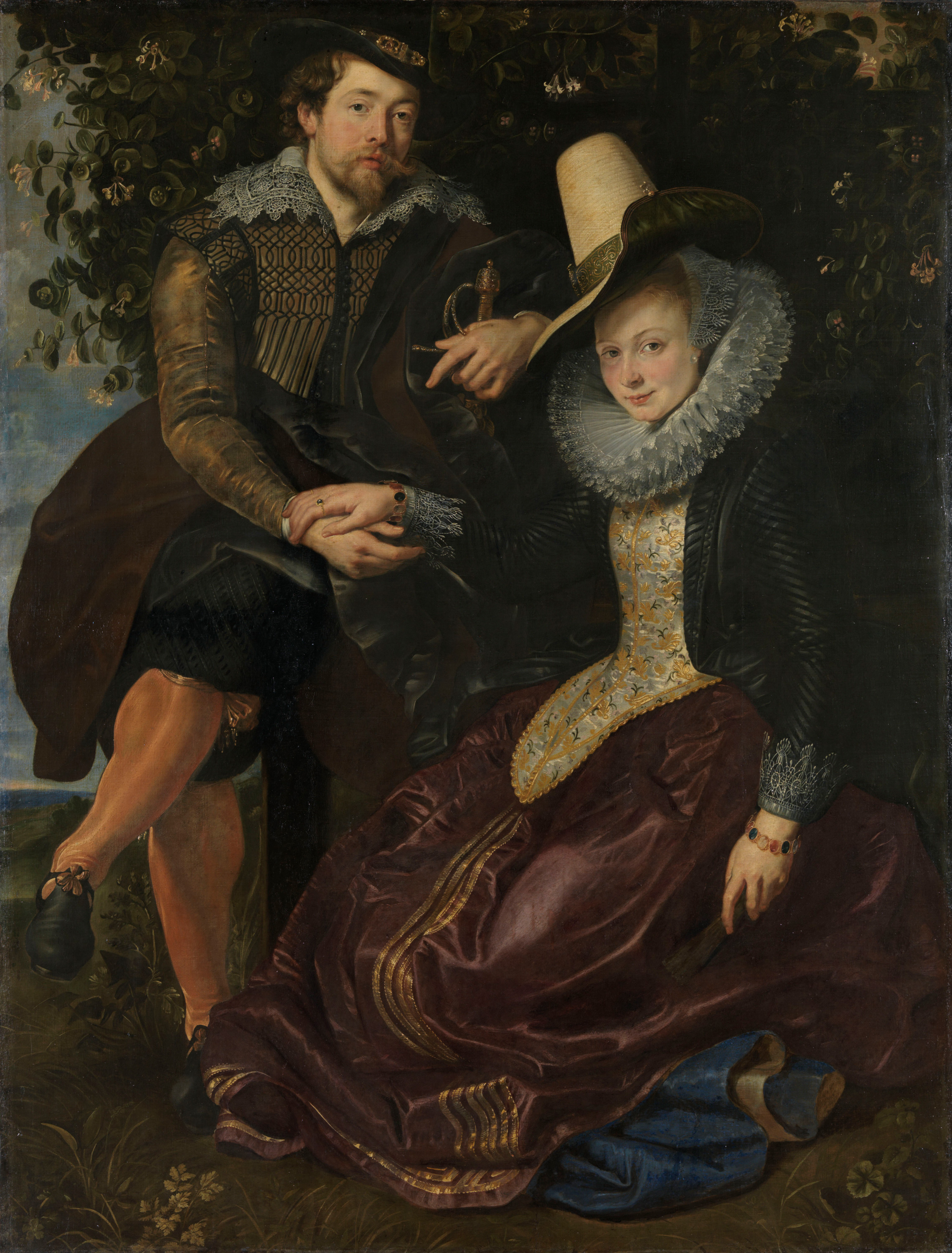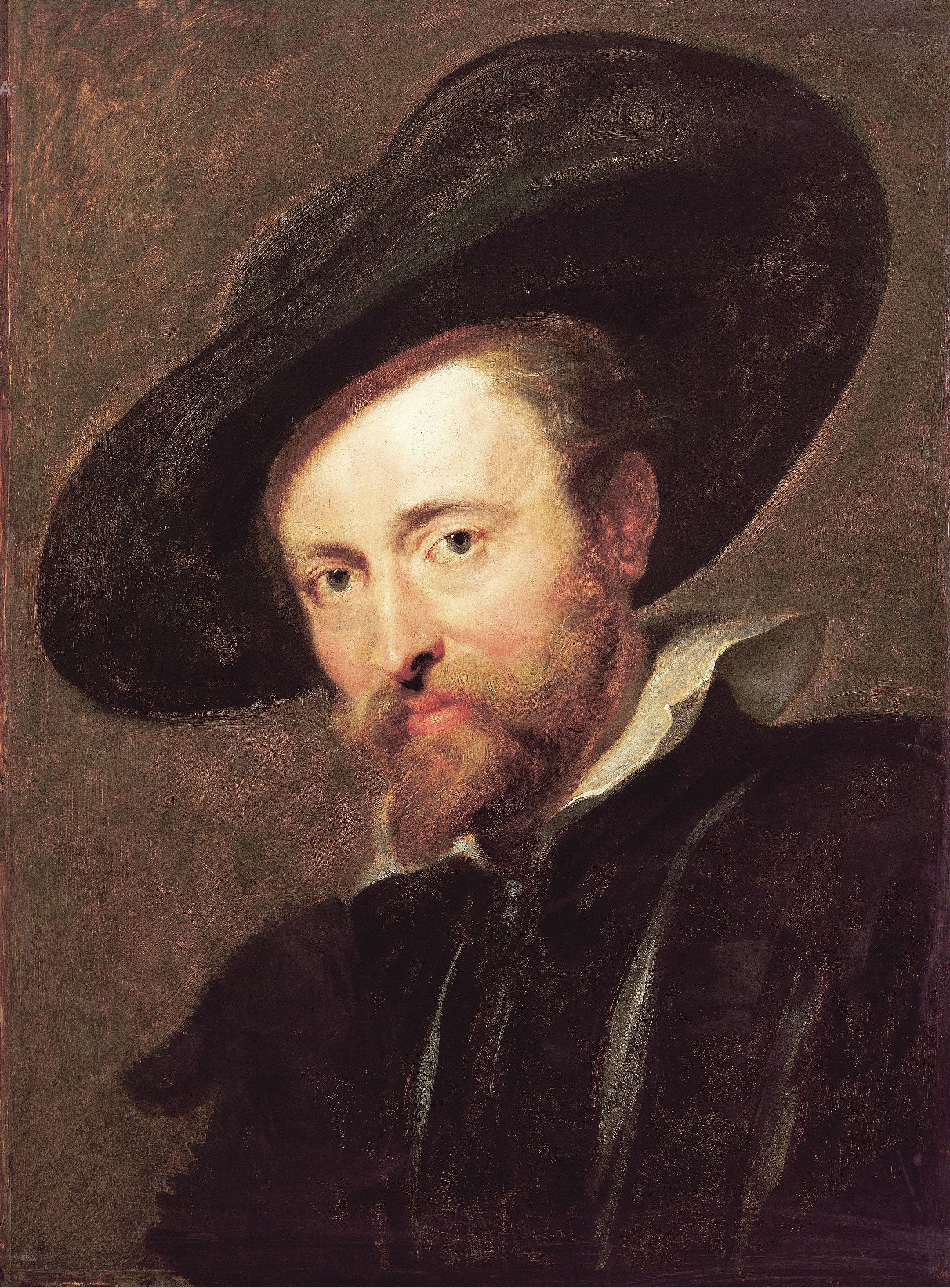We continue our special month with the Alte Pinakothek in Munich with this amazing Rubens. In the museum, you will find a large Rubens Gallery that contains numerous major works by the Flemish Baroque painter. This portrait of a married couple is a key autobiographical work.
After completing his training, Rubens spent eight years in Italy studying antiquity and contemporary painting. In 1608 he returned to Antwerp and the following year became court painter to the governors in the Netherlands. A few days later, on 3 October 1609, he married Isabella Brant, who came from a patrician Antwerp family. This portrait was probably painted on this occasion.
The spontaneous and informal posture of Isabella sitting on the lawn is reminiscent of the pictorial tradition of "love gardens." The theme of love is also reflected in the eponymous arbor of honeysuckle, popularly known as Jelängerjelieber (the longer the better), which here speaks of the permanence of the covenant of love.
The central gesture of the interlocking hands as a sign of the marriage covenant follows ancient models. The heads of Rubens and Isabella turned towards each other give this gesture an additional meaning, marked by deep affection.
Rubens appears to the viewer as a nobleman, for his left hand rests on a sword. He would not be elevated to the rank of nobleman, however, until many years later. The sophisticated form of the full-length portrait derives from portraits of rulers. Aristocrats in particular were portrayed in this way. The social aspirations are underscored by the couple's carefully selected, sumptuous clothing, which follows the latest fashions.
Rubens seems to have crossed his legs in a relaxed manner. This is also a significant motif. It goes back to sources that were already widespread in the Middle Ages and symbolizes the otium sapientes, the thoughtful, creative leisure of the intellectually active person. Rubens thus presents himself as an intellectual personality, not as a working painter.
P.S. If you want to know more about Rubens' life, here are 10 facts you should know. :)
P.P.S. As January is slowly coming to an end, we recommend our DailyArt paper calendars; check them out here. :)


 Peter Paul Rubens
Peter Paul Rubens